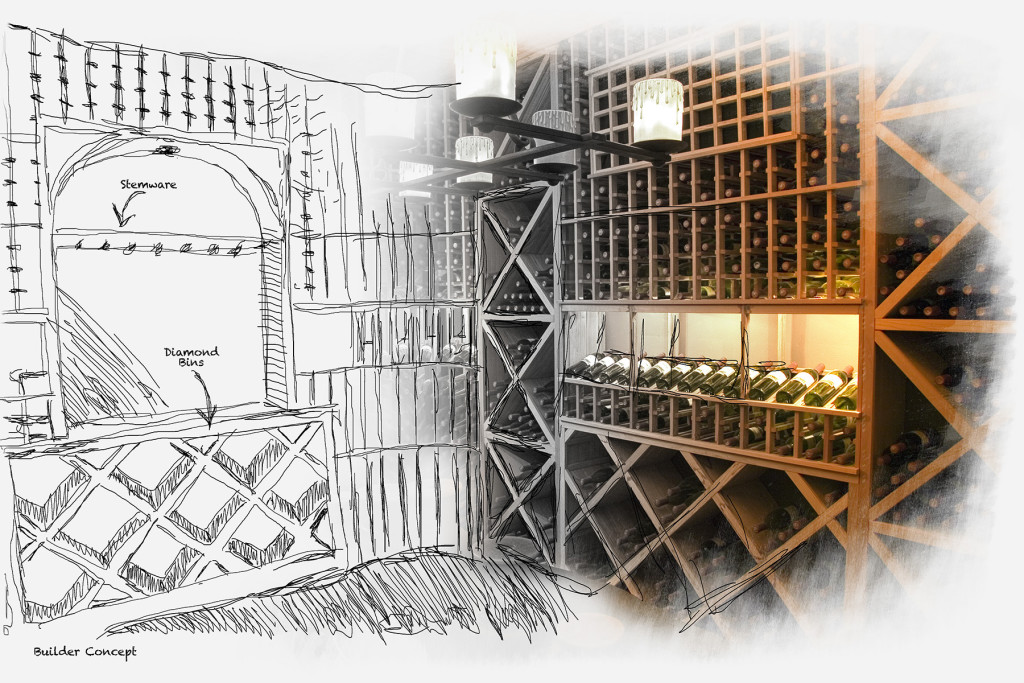I wound up putting in a 6 mil vapor barrier on the two outer walls and the shorter inner wall framing them out with 2 x 4 and filling the space with rigid polyisocyanurate.
Passive wine cellar vapor barrier.
If you decide to go active you should strongly consider adding a vapor barrier should be behind the insulation if you put up a vapor barrier would definitely include the lower part as.
The door into the wine cellar from the rest of the basement is an outside metal door with a seal.
Hence what i think i have is basically the foundation for a passive wine cellar.
With a passive cellar you may not have a problem.
Walls are all cement and 9 1 2 inches wide.
Humidity in a wine cellar also keeps wine bottle corks from drying out preventing them from losing their sealing capacity.
I read richard gold s book on how to build a passive cellar and decided that i really needed to insulate and vapor barrier the outer walls.
The importance of humidity can not be overlooked in your wine cellar.
The fact that the ground temperature varies between 52 degrees during chicago winters and 64 degrees in the summer confirms the reasoning behind.
If you are using spray in closed cell foam insulation this acts as a vapor barrier as well as an insulator so the 6 mil poly step in the vapor barrier process is not necessary.
We can handle everything from passive underground spiral cellars that can comfortably hold 1 000 bottles to.
While it doesn t prevent the warm air in your home or business from traveling to the cooler environment in your wine cellar insulation does that it plays an important role overall in controlling the.
Usually spray foam is very expensive.
This chart helps you to determine the best construction guidelines for building your wine cellar.
Basically a vapor barrier creates a separation between the environment outside your wine cellar and the environment inside your wine cellar.
Steps of vapor barrier.
Humidity refers to the concentration of water vapor in the air.
In this case the exterior concrete basement wall was insulated on the outside but it can also be insulated from the inside.
In any wine cellar it is imperative that the proper wine cellar temperature and humidity levels should be established and maintained.
Insulating a wine cellar provides a heat cold break between the inside of the cellar and the adjacent spaces around the cellar.
Wine cellar construction reference chart.
By using a vapor barrier and high r value insulation you block temperature exterior to the wine cellar and allow the ground temperature from the floor to enter.
The proper humidity level for a wine cellar is 55 75.
The placement of insulation and a vapor barrier in a wine cellar.
This would mean a.
A wine cellar humidity should generally be between 55 75.
Passive wine cellars or an underground wine cellar.
The wine room is 10 x 20 with 9 1 2 ft ceilings.




























